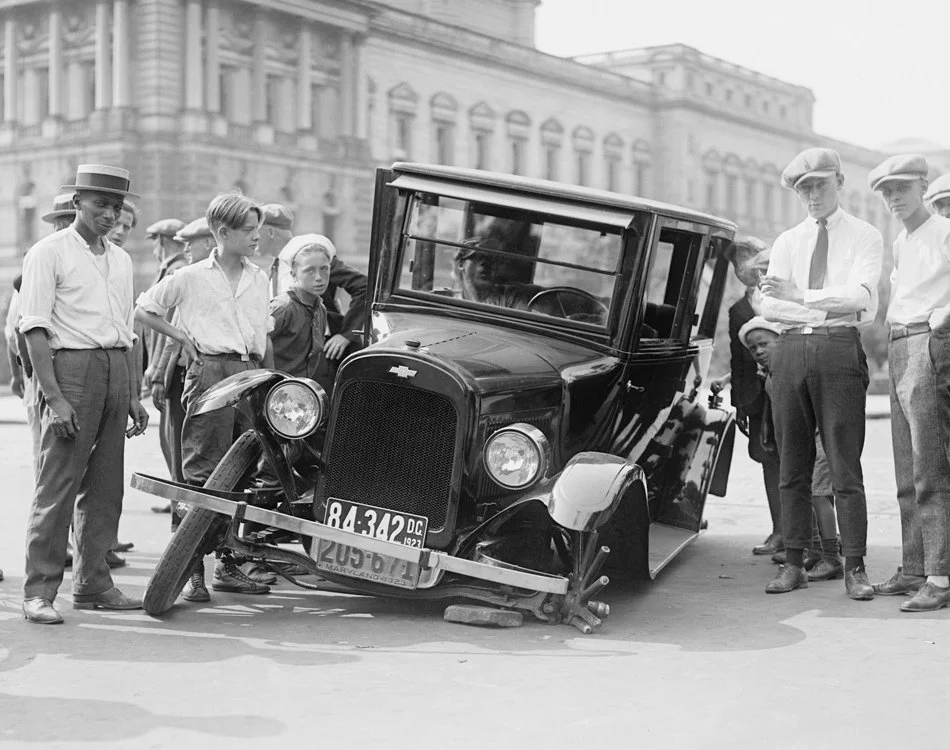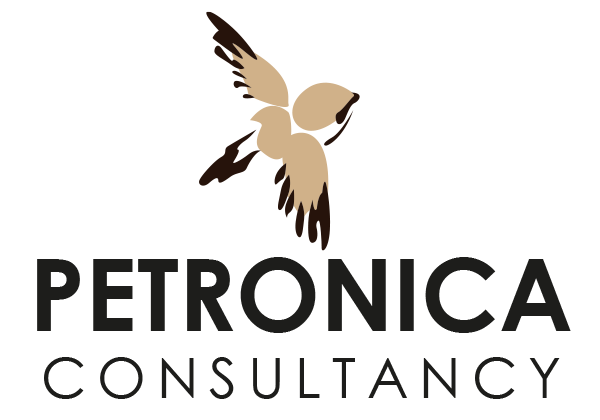ISO 14001 – Are you prepared for emergencies?

I had an interesting issue arise at a recent ISO 14001 audit. The company I was in was an office based company with offices around the country. When I asked about emergency preparedness – what had they identified as potential emergencies and what actions did they have in place – they were very well prepared. They had identified fire as a possible emergency and carried out regular checks on all equipment, had evacuation drills, fire marshals in all offices etc. They had asbestos reports for all the leased offices and ensured that the landlords kept them to hand and up to date. None of the offices were in flood zones (and most were in upper floors). And they showed me their spill kits in every office. I asked them why did they have spill kits? What could spill and be harmful to the environment. Their answer was that they had very few liquids on site – none of them hazardous, in fact liquids were limited to water, milk, cordials and environmentally friendly washing up liquid. Any spills would be soaked up by the carpets and would do nothing worse than create a damp patch for a few days (except maybe the milk which as we know can pong! – but there is no point in crying over spilt milk eh?).
Clause 8.2 c) states: The organisation shall: take action to prevent or mitigate the consequences of emergency situations, appropriate to the magnitude of the emergency and the potential environmental impact.
Spill kits are essential when companies are using hazardous liquids and must be located appropriately, such as next to fuel bowsers. It is also essential to ensure that staff know how to use them: Clause 8.2 d) states: periodically test the planned response actions, where practicable.
One of my pet questions is to ask staff using such liquids where the spill kits are and how they would use them. This has sometimes resulted in employees looking blank, saying it is usually here – was here yesterday, telling me one is located a few minutes’ walk away, possibly in a locked store. This would be of no benefit if there was a spill as either the spill kit wouldn’t be quickly available, or staff wouldn’t know how to use it.
My tips for spill kits:
- Only have them if they would be of benefit in the event of a spill.
- Ensure they are located where they can be accessed quickly.
- Label them clearly.
- Have a simple spill procedure pinned next to them – in pictorial form if staff do not speak English.
- Train staff in the use.
- Possibly have an alarm.
- Have spill drills – as you would have a fire drill – to test that staff would know what to do.
See more about our ISO consultancy services here, or get in touch to talk to us about your options.
